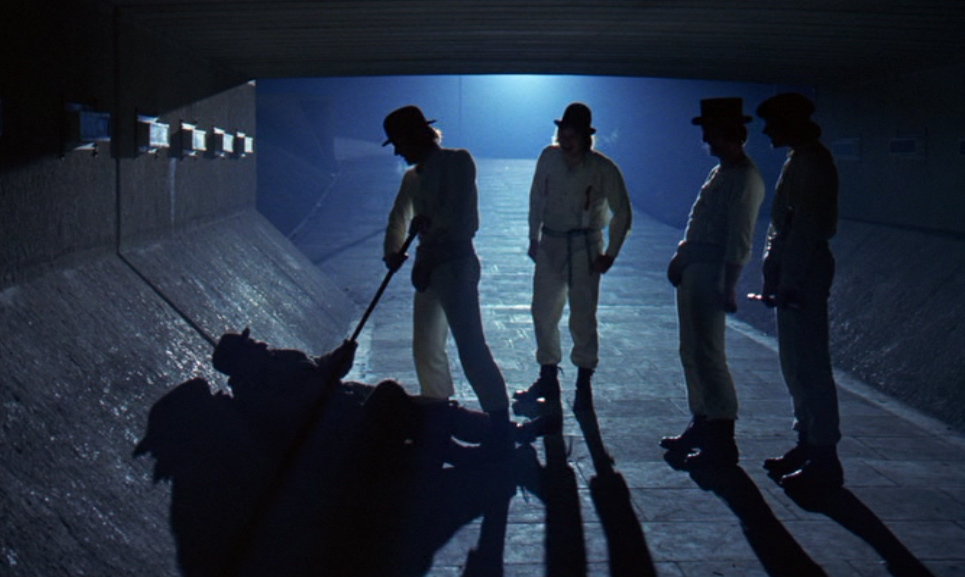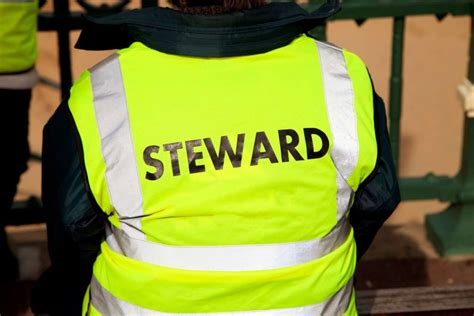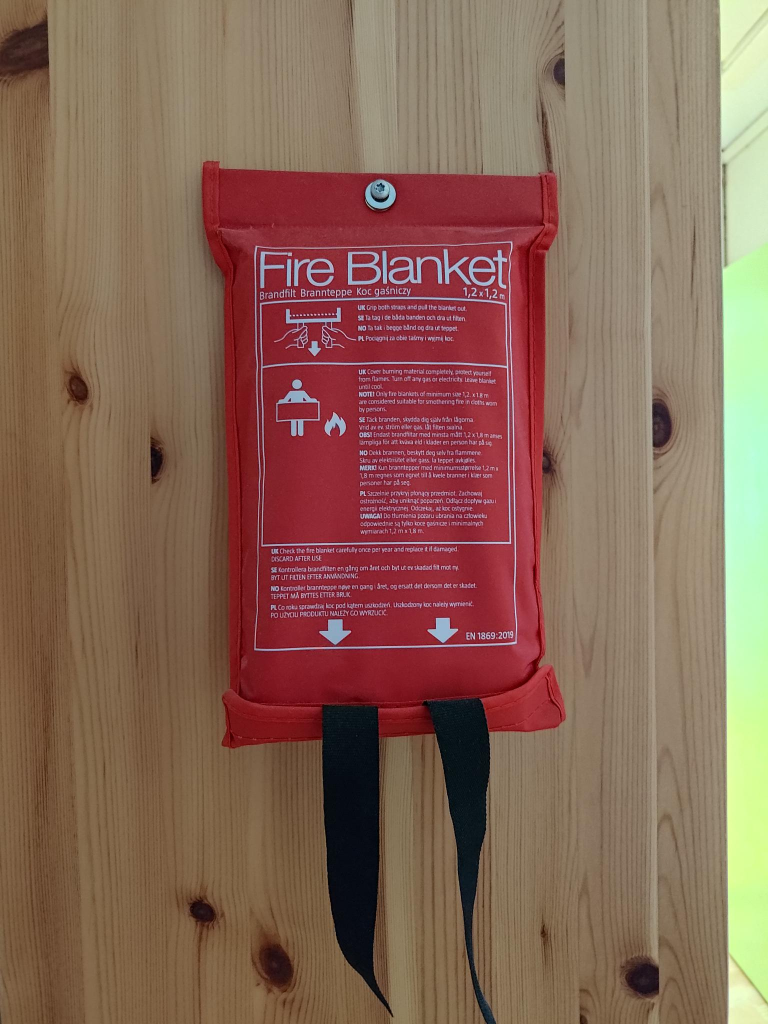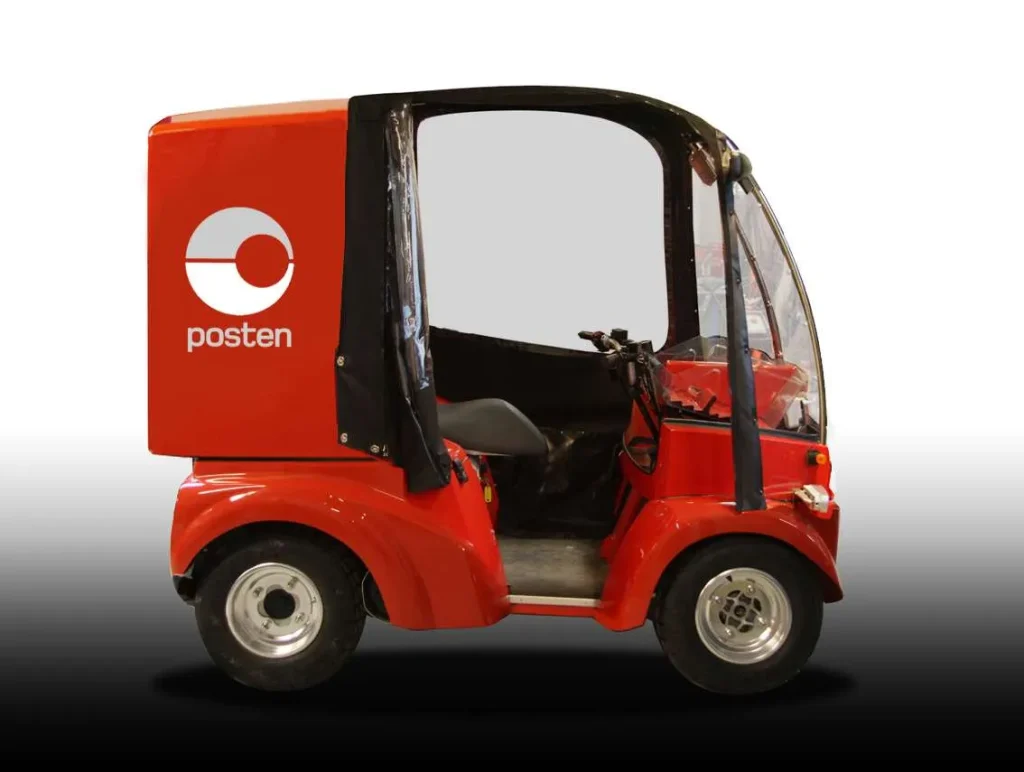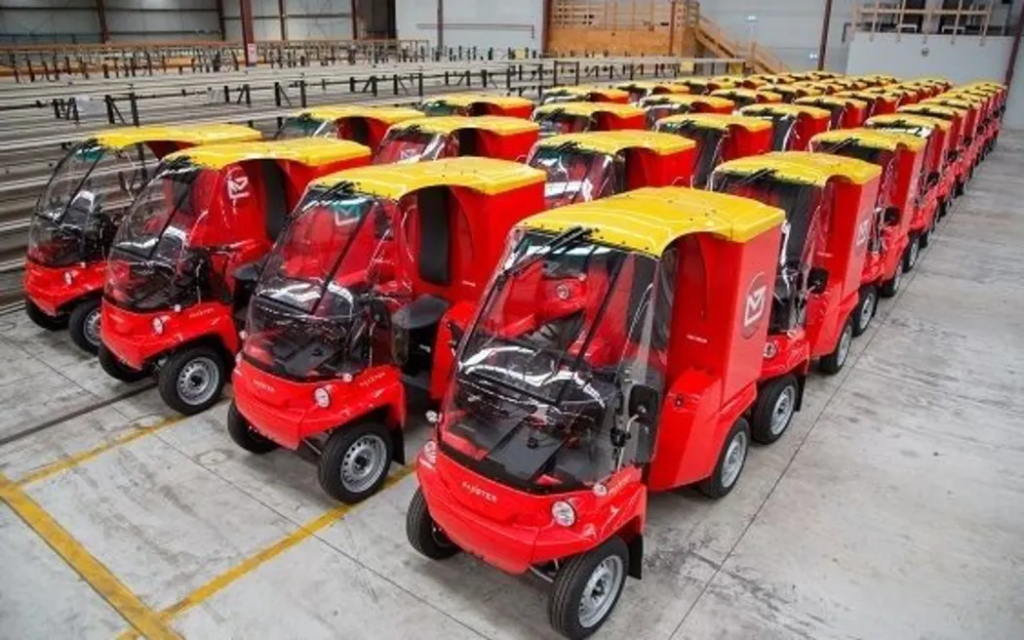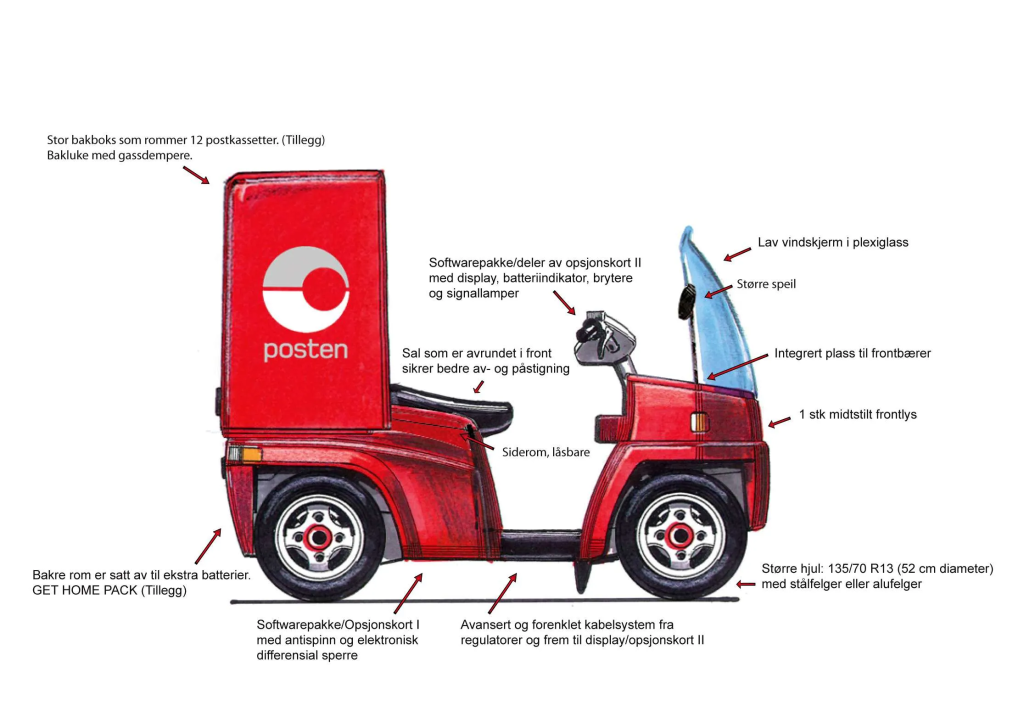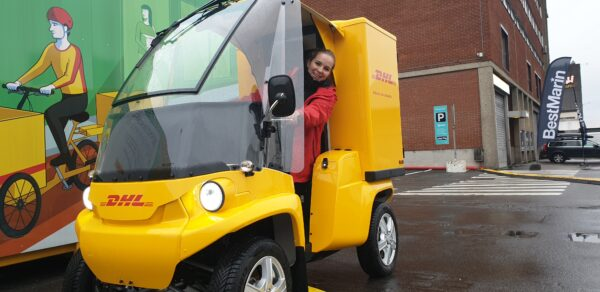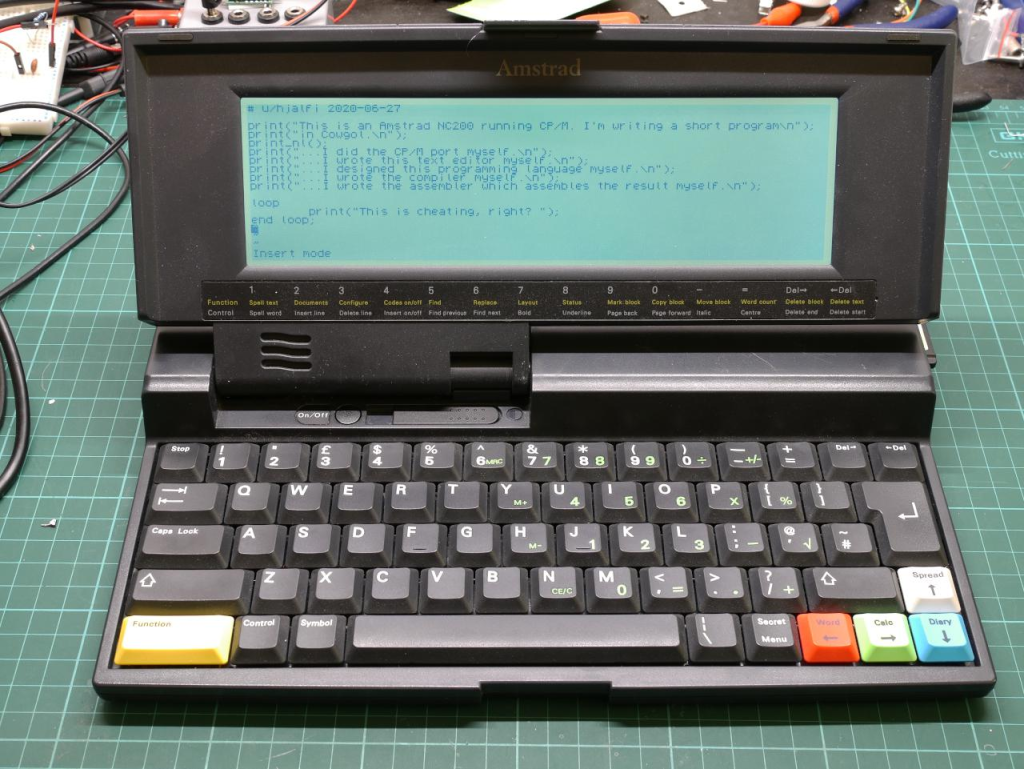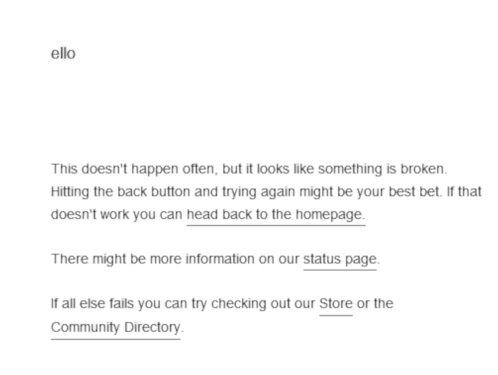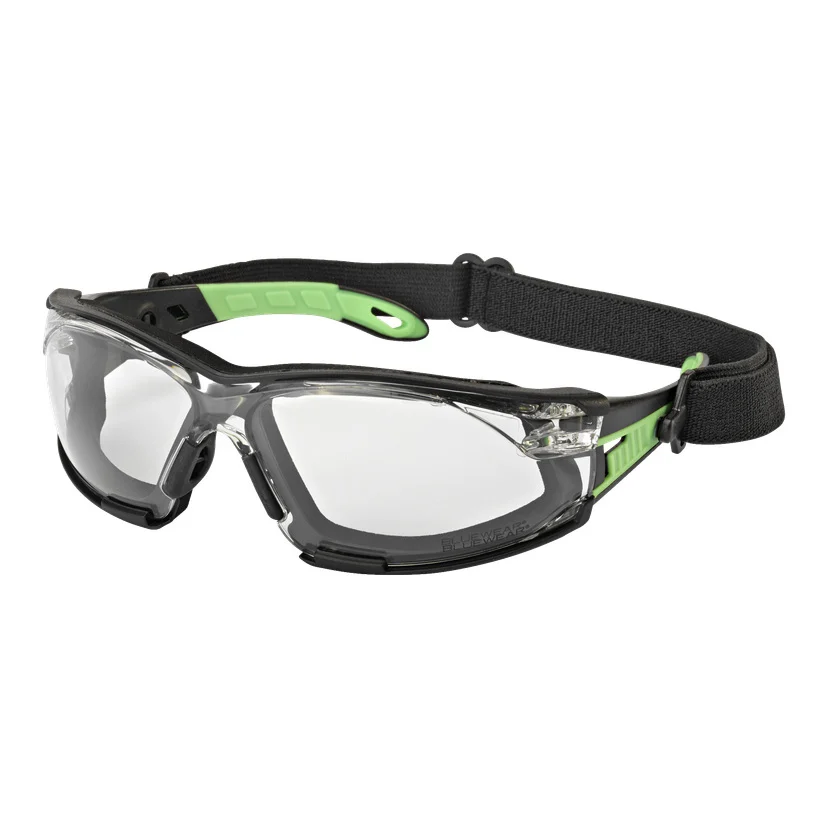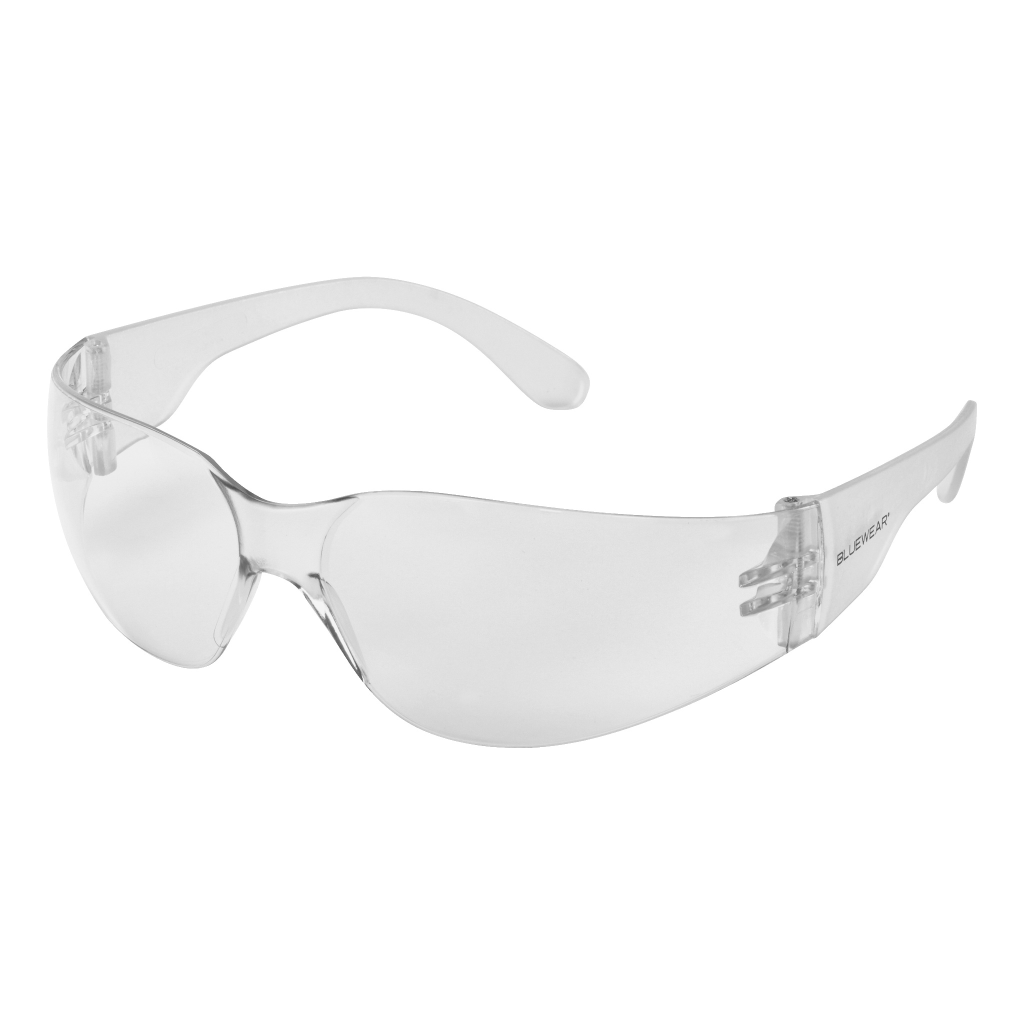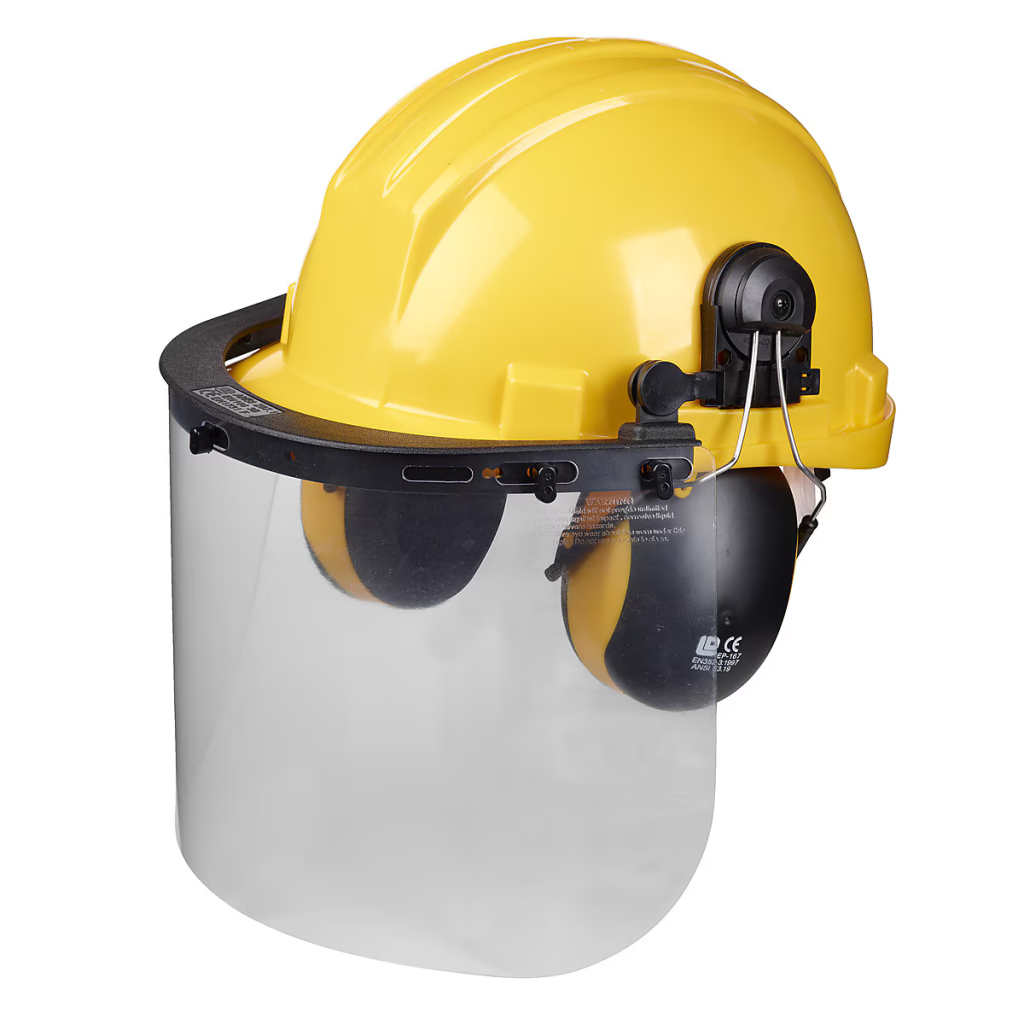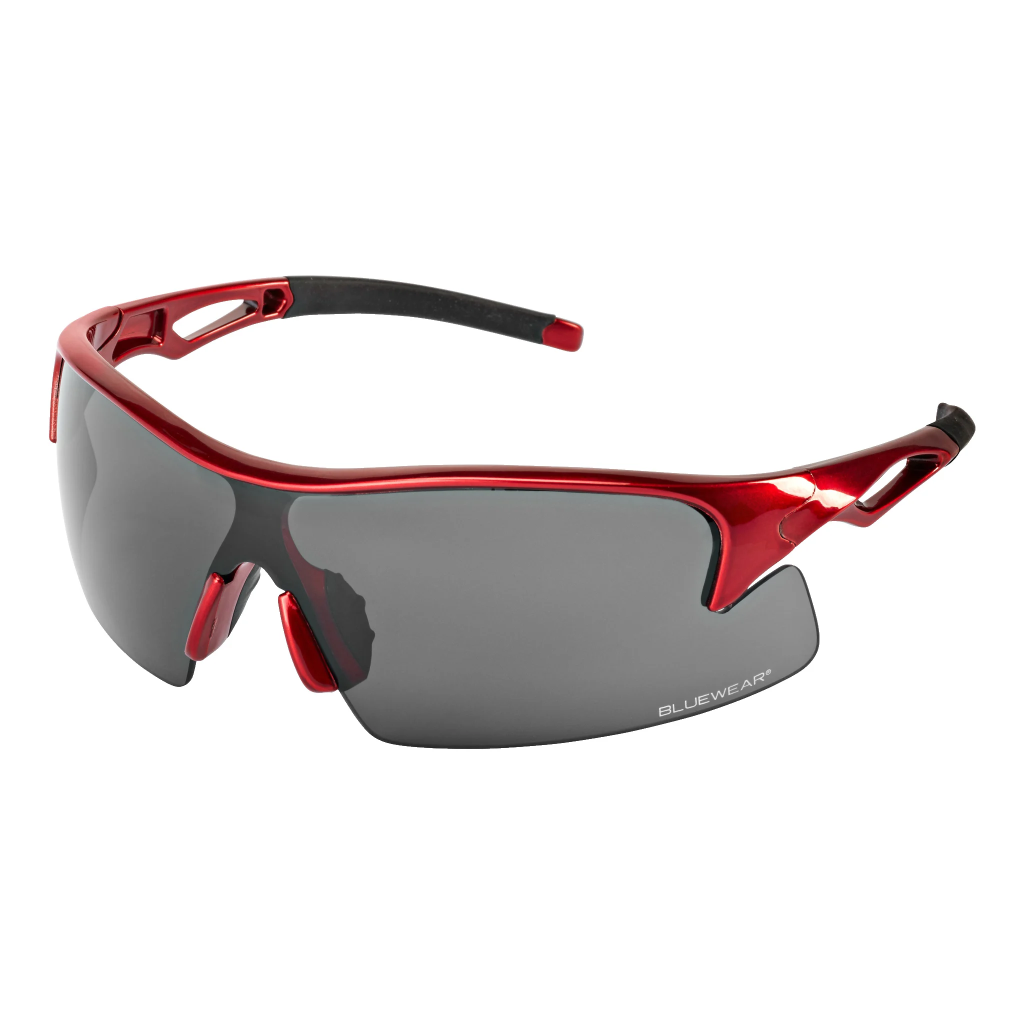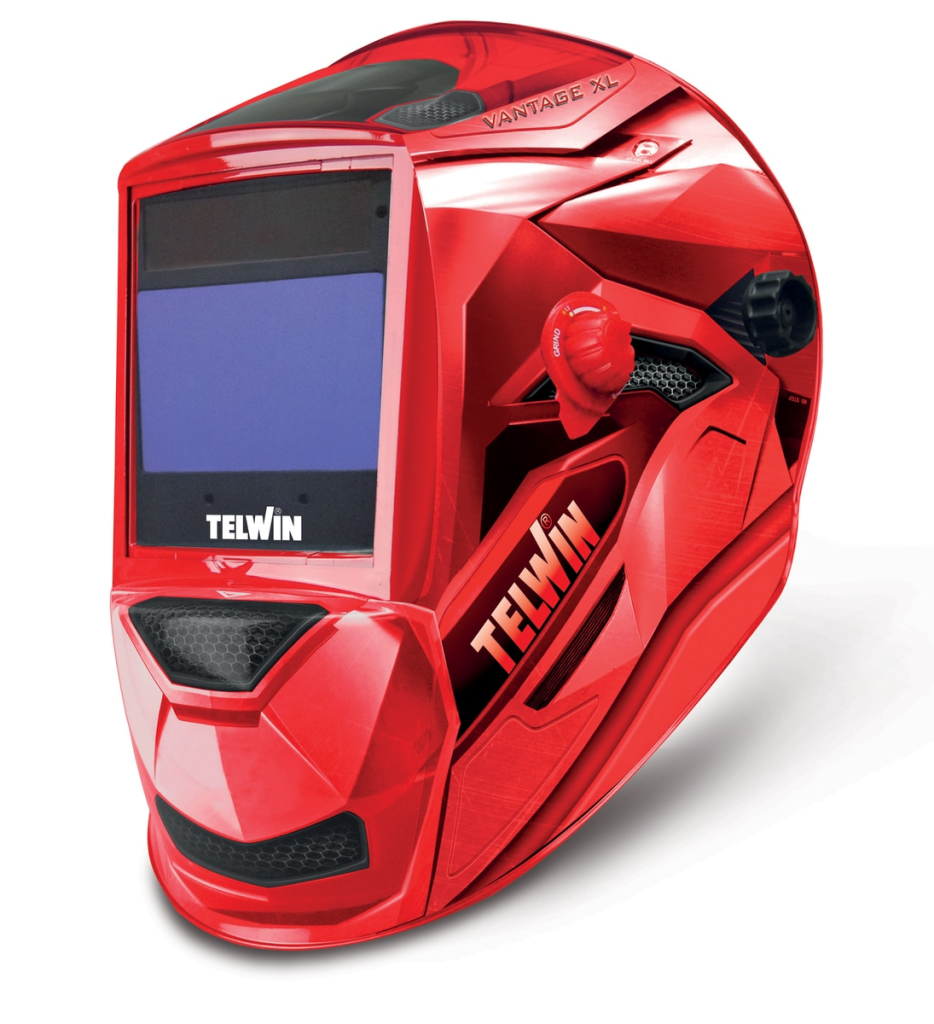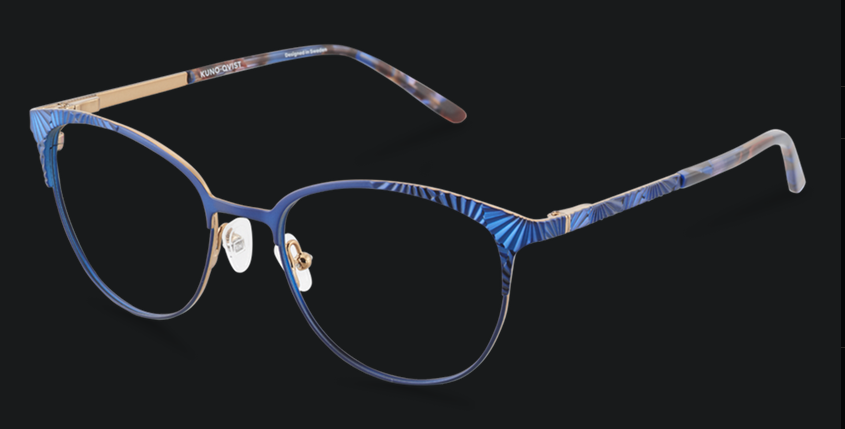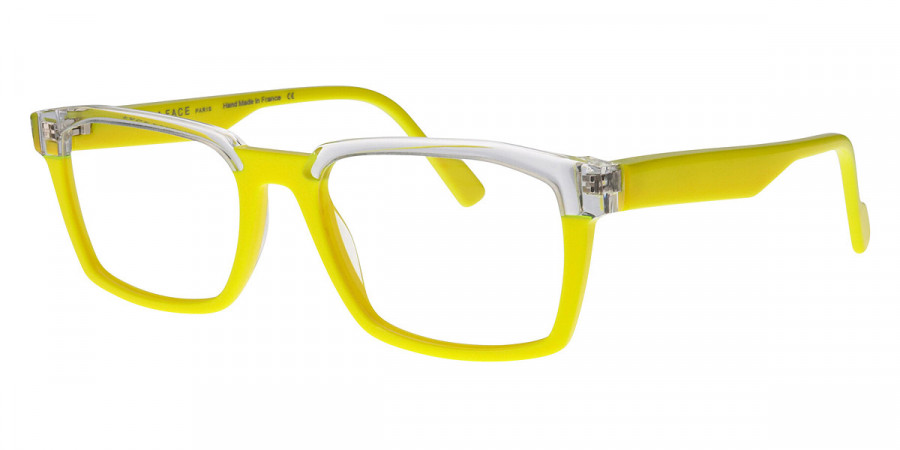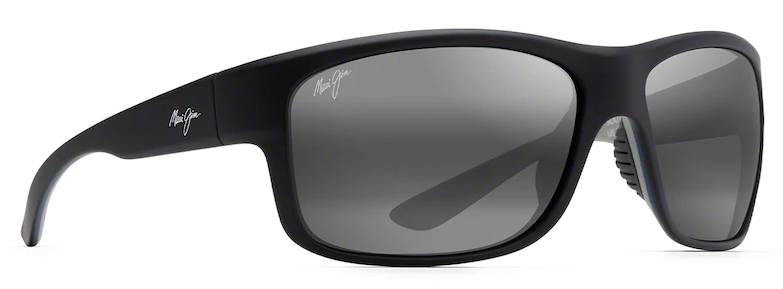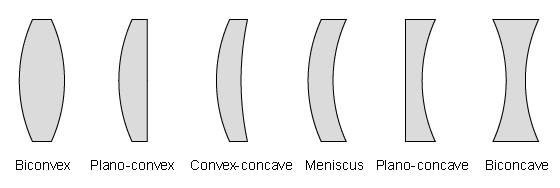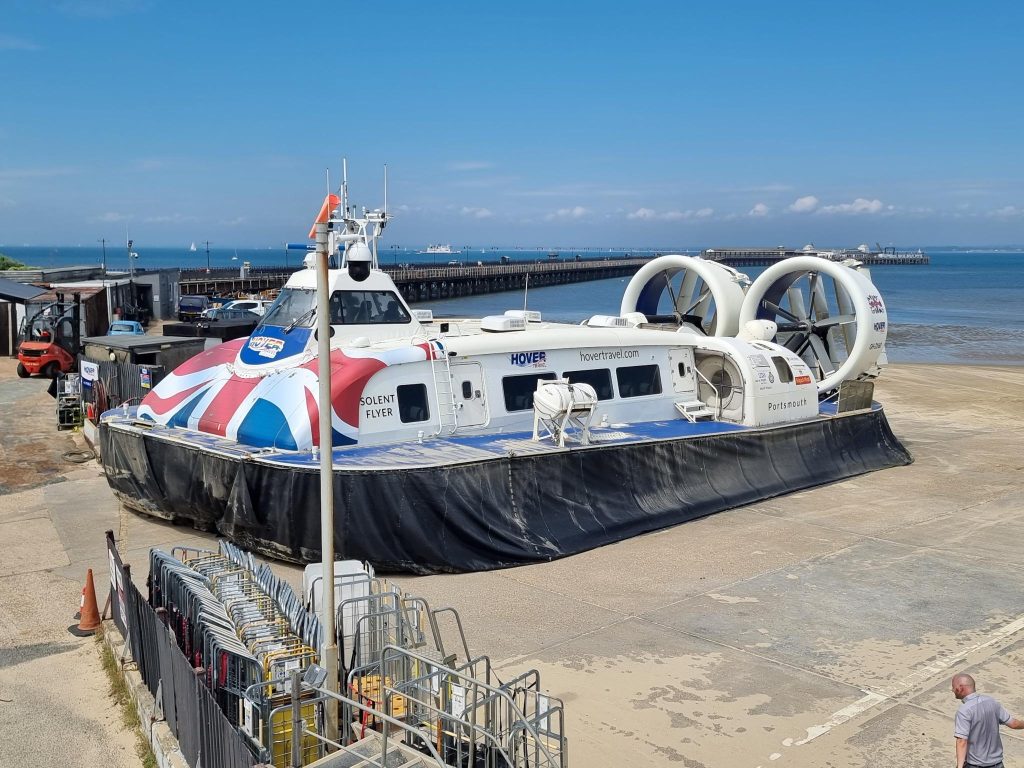
Some people may regard a hovercraft as a boat/ ship/ vessel. Those associated with providing hovercraft services do not. For them, it is an aircraft, belonging to its own special category. There are numerous varieties of aircraft: gliders = planes without engines. relying on natural air currents for lift; airplanes = engine-driven, fixed-wing, heavier-than-air craft; rotorcraft (including helicopters and gyroplanes); lighter than air craft (including baloons, zeppelins, dirigibles and blimps); and hovercraft. There are other categories involving parachutes, and weight-shift controls, not to mention rockets.
Hovercraft are distinct, differing from ground effect vehicles and hydrofoils that require forward motion to create lift. Hovercraft can lift themselves without directional movement.
There have been many people involved in the design of hovercraft, and it is incorrect to assign the design to any one person.
Emanuel Swedenborg (1688 – 1772) first mentioned surface-effect vehicles, and used the term hovering in 1716.
John Isaac Thornycroft (1843 – 1928) explored the concept of an air-cushion vehicle in the 1870s, as a way of reducing the drag experienced by vessels.
Konstantin Tsiolkovsky (1857 – 1935), an aerospace pioneer, visionary and author of works on interplanetary space travel, space station construction and airship design, lay the theoretical groundwork for powered movement over a cushion of air.
Dagobert Müller von Thomamühl (1880–1956) built the world’s first air cushion boat (Luftkissengleitboot) in 1915.
The chronological order of people will be disrupted to insert Toivo J. Kaario (1912 – 1970). In 1932, he had decided to build a ground-effect vehicle. This materialized as Pintaliitäjäprototyypin = Surface Soarer Prototype built in 1934, and tested in 1935-01. Patosiipi No. 2 was tested in 1935-1936. The ground-effect wing of Kaario’s early designs had an almost non-existent ability to block the loss of air being blown down by the propeller. The Patosiipi No. 2 was able to lift, but the ground-effect lift was weak. Another full-sized prototype was built with a skirt underneath, which added to the lift by trapping the high pressure air that had been forced. This device was first tested on land and then on the water and was found to be slower but with more lift over an uneven surface.
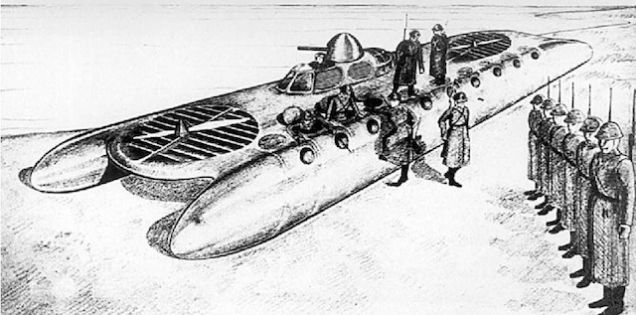
Aerodynamicist Vladimir Levkov (1895 – 1954) experimented with sidewall hovercraft. He built models in 1927 and 1932. He built a prototype (L-1) in 1934. This could reach a speed of over 60 km/h, but proved to be unreliable. Another prototype (L-5) weighed 8.6 tonnes, was powered by two 664 kW engines. He was aware of the research of Kaario, and used this in his own work. On its cushion of air, it could achieve speeds of 140km/hr = 73 knots.
Levkov was dissatisfied with his results, especially the aviation engines designed to operate at colder temperatures . The Red Navy wanted to press hovercraft into service as soon as possible, and in 1938 some upgraded L-5s saw operational service. A L-5 hovercraft was used to transport the four-man crew of North Pole 1, a Soviet arctic drift station, to an icebreaker after their research was completed.
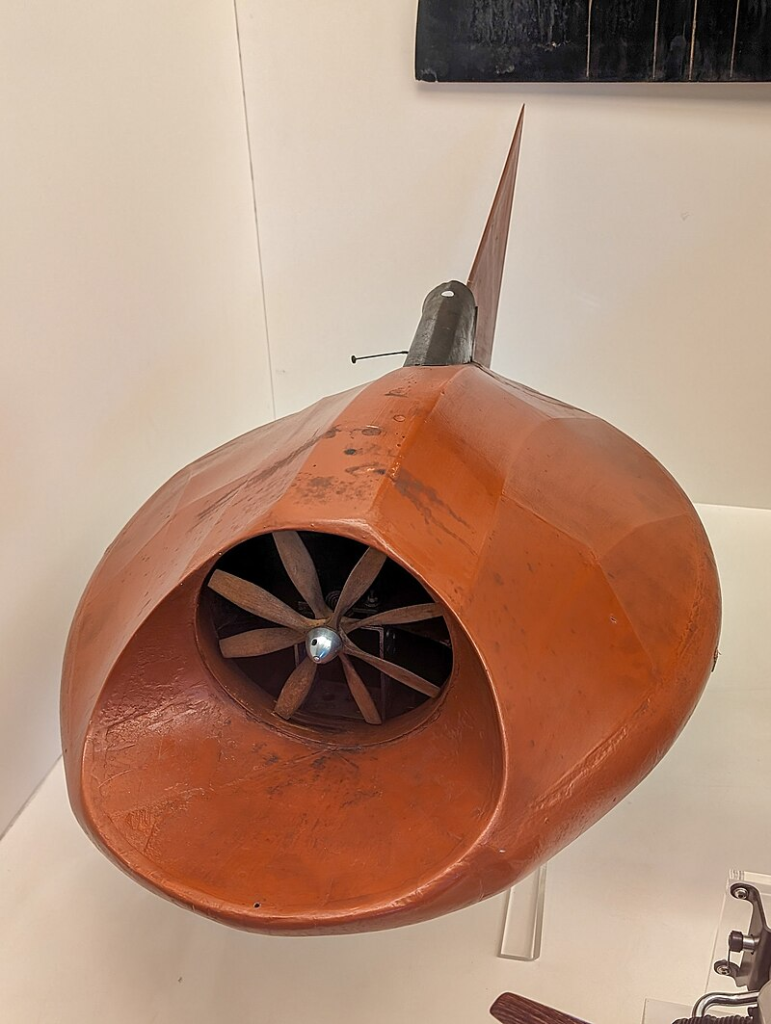
Christopher Cockerell (1910 – 1999) bought Ripplecraft Ltd., a small Norfolk boat and caravan hire company. This was not a very profitable venture, but left him time to work on ideas for a hovercraft. He tested his theories using a vacuum cleaner and two tin cans, and found them to have merit. By 1955, he had built a working model from balsa wood and had filed his first hovercraft patent: GB 854211. In the autumn of 1958, the National Research Development Corporation (NRDC) placed an order with Saunders-Roe for the first full-scale hovercraft, designated SR.N1 (Saunders-Roe – Nautical One), based on the prior work of Cockerell. This craft was completed, and first crossed the English Channel From Dover to Calais on 1959-07-25.
Originally, a skirt was not part of a hovercraft design. It was an independent invention made by a Royal Navy officer, C.H. Latimer-Needham (1900 – 1975), who sold his idea to Westland (by then the parent of Saunders-Roe’s helicopter and hovercraft interests), and who worked with Cockerell to develop the idea further.
It should be noted that obtaining patents for ideas related to hovercraft was not always easy. Much of the work was regarded as military secrets.
Approximately, 20 years after the first crossing of the English Channel = la Manche, on 1979-08-03 Trish and I took a trip by Hovercraft from Ramsgate to Calais on a Hoverlloyd craft. Its name remains unknown, and we have no photograph of it. Our letter home, at the time read:
“We left the Roe’s [presumably the people renting us a room] early on Friday morning, stopping near the Ealing Broadway Tube Station for breakfast at the local Wimpy bar (2 eggs and chips, milk). We then took a bus to Acton Town, transferred to a second bus and enjoyed a leisurely ride through the suburbs of London. At Marble Arch we alighted from the bus, walked through Hyde Park ending up at Victoria Station.
“We purchased a ticket for the Hoverlloyd that flies from Ramgate to Calais (at about 2’ above the surface), then took the tube from Victoria to Euston Stations and the Britannia Air Coach Station. After a lunch at a local Italian café, we boarded a coach and enjoyed a tour of the English countryside.
“The Hovercraft crossing took about 40 minutes. The stewardesses aboard were quick to offer duty-free drinks, etc. aboard. Then offer cigarettes, bottles of liquor, a second time.
Immigration and customs are easier than at the US/Canadian border. The officer looks to see if you have a passport (he doesn’t even open it) , you are then cleared.
“We then boarded a second coach which toured the French countryside and enjoyed what we could of the trip. At the French/Belgian border, there was no passport control and customs was only interested in the registration of the bus.
“We arrived in Brussels at about 10:00 pm, just late enough for the youth hostel to be closed. Se we spent the first part of the night in a garage. After the wind picked up and made sleeping impossible we moved our shelter to the train station.”
End of quotation from letter.
Our 1979 journey was onboard a SR.N4 Mark II. The fuselage had a length of 39.68 m, a width of 23.77 m, a height of 11.48 m and a mass of 200 tonnes. This provided the craft with a capacity of 278 passengers and 36 cars. The four Rolls-Royce Marine Proteus gas turbine engines produced 2 500 kW of power.

There is a Hovercraft museum, at Lee-on-the-Solent, Hampshire with the SR.N4 GH-2006 Princess Margaret on display. Another opportunity to see ancient hovercraft in action is in the following films: The Princess Margaret appeared in Diamonds Are Forever (1971) SR.N4 GH-2005 Sure appeared in La Gifle (1974) and in The Black Windmill (1974). An unspecified SR.N4 appeared in Hopscotch (1980).
My next trip on a hovercraft was with Alasdair on 2024-07-18, almost 65 years to the day, after SR.N1’s first trip, and 45 years after my first trip. It was forward and back on the route from Southsea to Ryde, Isle of Wight. This service is provided by Hover Travel, which uses a pair of Griffon Hoverwork 12000TD craft, purchased in 2016. Griffon states that passengers will find this a high quality experience, with cabin noise below 75dB, fast entry and exit, at a top speed exceeding 45 Knots = 83 km/h. The 12000 in the name refers to the payload in kilograms.
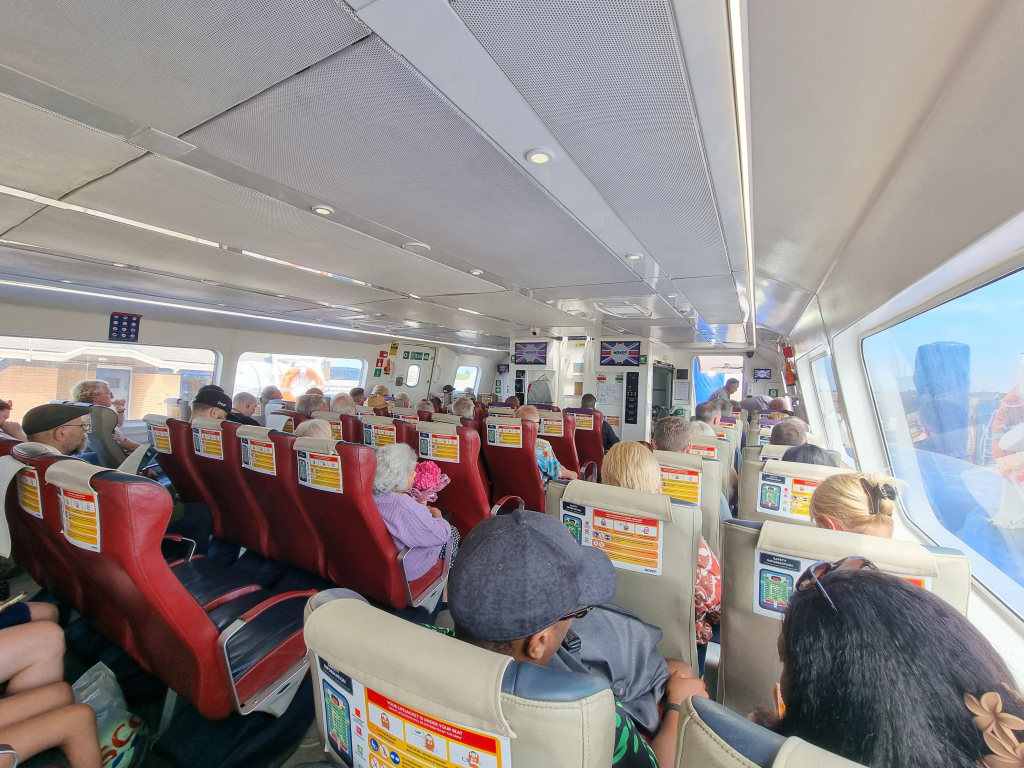
Hoverwork’s goals with the Griffon 12000 TD hovercraft, were to create a robust yet light-weight craft, while updating technology and ensuring production quality improvements. They claim these hovercraft offer low running and maintenance costs. Vital measurements: Length = 23.7 m; beam = 12.8m; passengers = 80. Payload 12 000 kg.
From 2024, Oita Hovercraft is operating a 33-kilometre hovercraft route between the city centre of Oita city and Oita airport. Hovercraft were used from 1970 to 2009, but became financially unviable. A hovercraft takes 25 minutes, each way, in contrast to a bus that uses over an hour. Thus, a political decision was made by the Governor of Oita in 2020 to use hovercraft once again. Oita Hovercraft has acquired 3 x 12000TD hovercraft from Griffon Hoverwork, the same type that is used in the Solent.
While this weblog post is mainly about the civilian use of hovercraft, there are also civil defense (including ambulance and fire services) uses. Some uses, by location.
The Canadian Coast Guard uses hovercraft to break light ice. Numerous fire departments around the US/ Canadian Great Lakes operate hovercraft for water and ice rescues. The US Postal Service began using a Hoverwork AP1-88 in 1998 to haul mail, freight, and passengers from Bethel, Alaska, to and from eight small villages along the Kuskokwim River. Hovercraft service is suspended for several weeks each year while the river is beginning to freeze to minimize damage to the river ice surface. Similarly, since 2006, a cargo/ passenger version of the Hoverwork BHT130, has been used as a high-speed ferry for up to 47 passengers and 21 500 kg of freight serving the remote Alaskan villages of King Cove and Cold Bay.
In England, Avon Fire and Rescue Service became the first Local Authority fire service in the UK to operate a hovercraft. It is used to rescue people from thick mud in the Weston-super-Mare area and during times of inland flooding. In addition, hovercraft of the Burnham-on-Sea Area Rescue Boat (BARB) are used to rescue people from thick mud in Bridgwater Bay. Gloucestershire Fire and Rescue Service received two flood-rescue hovercraft donated by Severn Trent Water following the 2007 UK floods.
In Scotland, a Griffon rescue hovercraft has been in use with the Airport Fire Service at Dundee Airport. It is used in the event of an aircraft ditching in the Tay estuary. Since 2008, the Red Cross has offered a flood-rescue service hovercraft based in Inverness, Scotland.
In Finland, small hovercraft are widely used for maritime rescue and during the rasputitsa = mud season.
On Madagascar, HoverAid, an international NGO, has used a hovercraft to reach the most remote places on the island since 2006.
Military Uses
In 1996, Lieutenant commander K. L. Schmitz, United States Navy, concluded a report: “The LCAC [Landing Craft Air Cushion] lift capacity, speed, and maneuverability provides greater flexibility to the Marine-Air-Ground Task Force (MAGTF) punch. It will keep the MAGTF at the center of the military’s power projection mission well into the next century. Both the LCAC and LCU [Landing Craft Utility] have served the naval forces well and each has plenty to contribute to future operations. The investment in LCAC has been made; they have proven their value to the naval expeditionary forces. Despite heavy maintenance and operating costs, now is not the time to consider LCAC retirement.”
In the report itself it was noted that LCACs can access 80% of beaches, while LCUs can only access 20%. From this and other reports one can conclude that military LCACs are expensive and temperamental, while LCUs are cheap.
Prologue
Yes, convention states that a prolog(ue) should be placed at the beginning of a work. As people may have noticed previously, I sometimes defy convention. This is one of those situations.
My son, Alasdair, had spent the beginning of July on a road trip through southern Norway, visiting places he had not seen before. He finished his journey at our house, spending a couple of days resting to begin the next part of his holiday, and taking me along as his accomplice.
My wife, Trish, accompanied us to TRD, Trondheim Airport, to drive Buzz home. We entered the terminal building, passed through security, then immigration to exit Schengen territory. We ate a poor, but overpriced breakfast, before we boarded the Norwegian plane, bound for Gatwick. Alasdair was asleep even before the plane alighted from the runway.
On arrival at Gatwick, we used an app to pass through immigration, then walked through customs on our way to the train station. We used a Welsh app to buy train tickets, but not everything worked as quickly as intended. Why a Welsh app? Because one can buy train tickets from numerous providers. For external providers of a journey, a surcharge is added. Except the Welsh are unique. They do not add that surcharge. We arrived at the correct train platform with two minutes to spare. We were on our way to Portsmouth Harbour.
Exiting the train, we bought some provisions at the local Co-op store, then walked south to Hover Travel, and from there soon onto the Solent Flyer.
Interlude on the Isle of Wight
After we arrived at Ryde, we decided to eat dinner. The main problem was that there was a discrepancy between map and terrain. The eateries that Alasdair had found online, did not exist in reality. We decided to eat some Sri Lanken food. It proved to be a foolhardy choice, possibly the worst meal of our trip.
The other task on Wight, was to take the local railway from Ryde to Lake. Lake is one stop past Sandown. One of Trish’s aunts, by marriage, was born at Sandown, but lived some streets away (W 32nd Avenue) in Vancouver, when Trish was growing up. This aunt’s brother, who was also born at Sandown, lived at the end of the block where Trish lived (W 37th Avenue).
The trip back to Ryde was more problematic, because the train was cancelled. It then was necessary to delay our departure time on the hovercraft by one hour.
Epilogue
Once the Solent Flyer arrived back at Southsea, it was time to take a train back to Gatwick, then the shuttle from the south terminal to the north terminal. We had booked accomodation at the local Travelodge. Despite knowing where both ends of the route lay, between the north terminal and the hotel, it was difficult to find the most appropriate pathway. We used about half an hour to cover the distance, walking (and to some degree backtracking).


